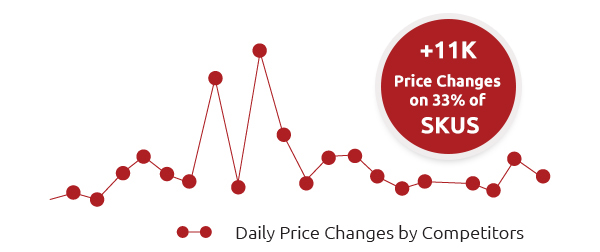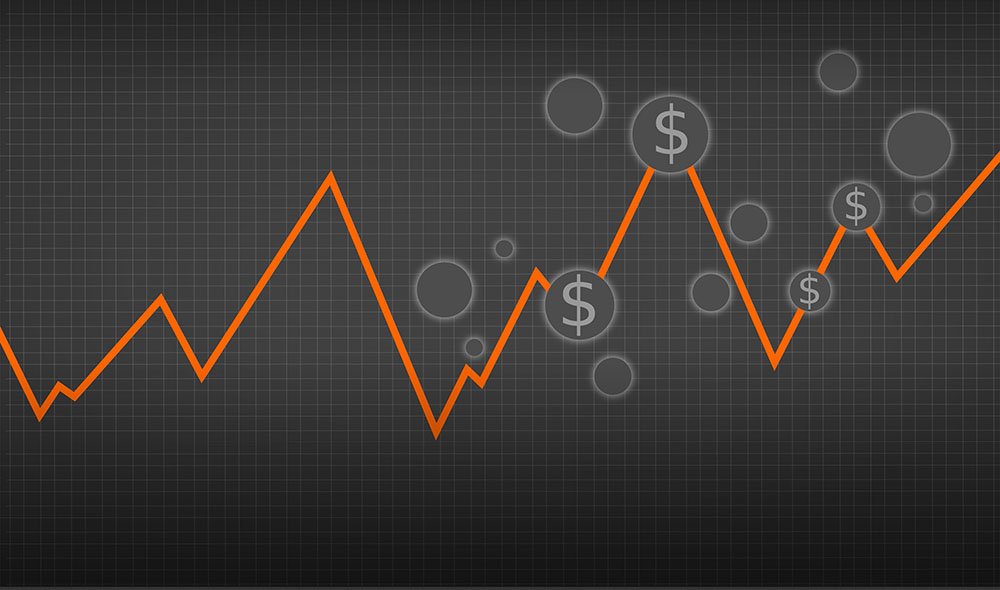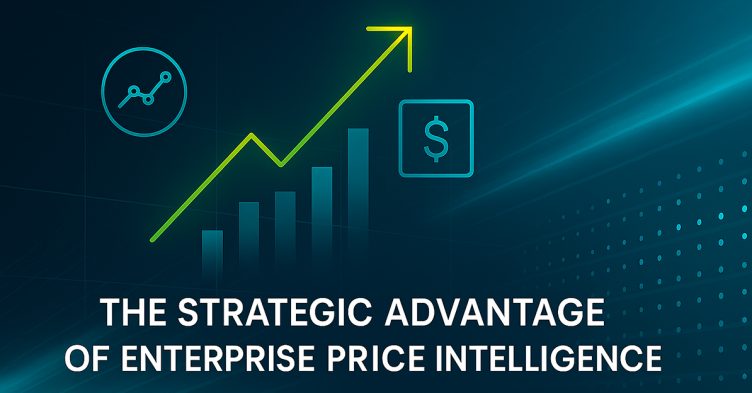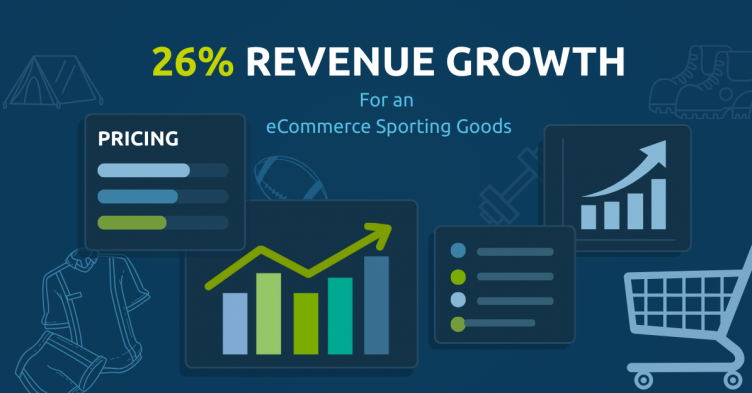Are you making price changes, but not achieving desired sales?
Today, consumers are equipped with more technology and resources than ever to readily access the vast amount of pricing information out there. Before making any purchase, consumers are almost guaranteed to search for multiple similar websites that carry the products you sell. And if they find a price more competitive than yours, it’s obvious that you could lose sales and loyal consumers.
Using Competitive Pricing Software is mandatory for retailers to understand competitive trends, do dynamic pricing and maintain sales.
Most retailers are aware of this. And to remain competitive, they use Pricing Technologies that help them gain a competitive edge. The key tactic is to look at Competitors’ Price first. With this data, a retailer can use dynamic pricing to offer a better deal to its customers. Even offering $0.01 lower than the competitor will have a better chance of winning sales.
How often should you change your product prices?
Your price changes can happen anywhere from monthly, bi-monthly, weekly, bi-weekly or daily. If the industry you sell in is highly competitive and your competitors choose dynamic pricing, it’s quite clear that your sales will be impacted unless you are competitive enough and keeping up with these changes. And to be competitive enough, it’s wise to ask: how often do I need to change my prices?
What revenue impact did we see?
A leading retailer in Sporting Goods approached us for Price Intelligence Solutions after facing fierce competition and high price volatility in their market.




